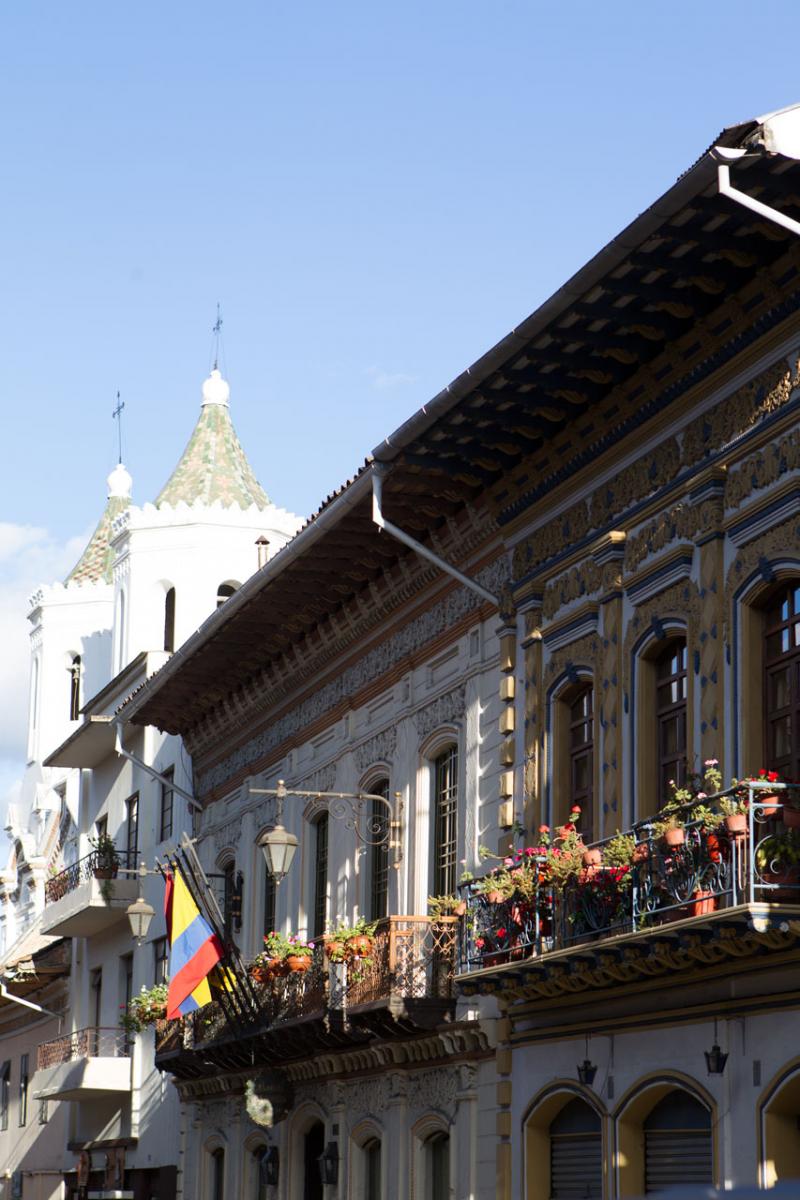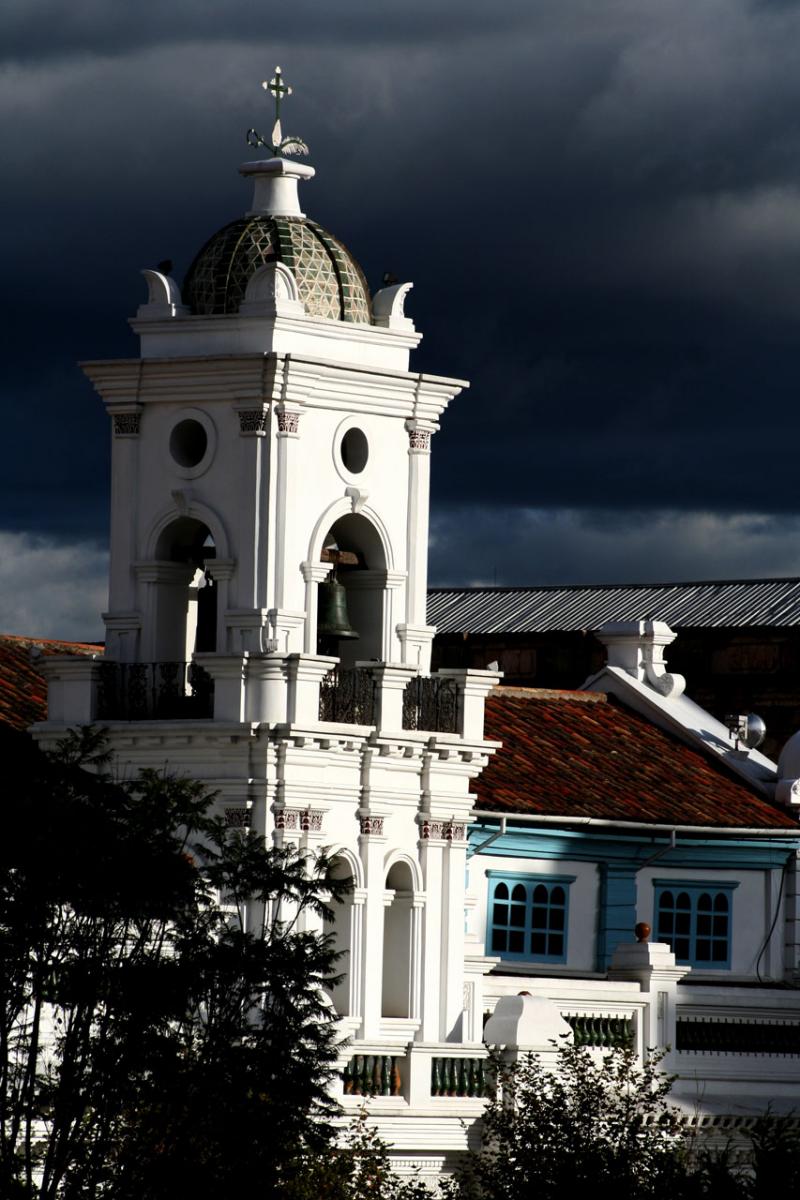
Santa Ana de los Ríos de Cuenca is located in an Andean valley of Ecuador (austral area). This city is the capital of the Azuay province, limited to the East with the provinces of Morona Santiago and Zamora Chinchipe and the West with Guayas and El Oro. Its territory area is 8,639 square kilometers and its population is approximately 810,000 inhabitants.
In the province there are two distinct areas: the East, an area dominated by the Eastern and Western Andes; the West, an area that belongs to the Costa region, which is populated by subandean ramifications. The most important rivers are the Jubones and the Paute. Its highest point is the Nudo del Cajas, at 4500 meters above the sea level, located at Cajas National Park.
The Cuenca canton is divided into 15 urbans and 21 rural parishes, who are represented by the “Juntas Parroquiales” (local government) to the Municipality of Cuenca.
Geography and Population
Cuenca is located at an altitude of 2,538 meters above sea level and has a population of approximately 580,00. It occupies an area of 15,730 hectares and has a climate that oscillates between 14 degrees C and 18 degrees C during the entire year. It is located in a valley formed by mountainous systems of exceptional characteristics and has a river system composed of four principal rivers: Tomebamba, Yanuncay, Machangara and Tarqui, whis cross the city from west to east.
History
-
The first inhabitants of the region emerged during the Preceramic Period (10,000 B.C. – 3,500 B.C.) as nomadic hunters and food gatherers. The most important archaeological vestiges that have been found of this period are in the Chobshi cave in Cubilan.
-
In the Formative Period (3,500 B.C. – 500 B.C.), the first cultures appeared in the region. The oldest phases that have been able to be determined in the area are the Narrio in its different sub-phases, dating from 2,000 years before Christ. During this period, the first human settlements emerged in the area with a form of organization based on agriculture and craft production, principally in pottery.
-
During the Period of Regional Development (500 B.C. – 500 A.D.), the first stages originated of the Tacalshapa (Azuay) and Cashaloma (Cañar) phases, thus originating what today we know as the Cañari Culture. This stage is characterized by societies with the division of labor and perfectly established hierarchies, which used intensive agriculture, and has certain anthropomorphic figures in their pottery. What is most representative of this phase is the use of metals such as gold, silver and copper.
-
In the Integration Period (500 A.D. – 1500 A.D.), conquests and alliances emerged that consolidated the Cañari nation, whose capitals were Shabalula (Sigsig) and Hatun Cañar (city of Cañar). What is today Cuenca was an important baronial center of the Cañari dynasty. This area was called Guapondelig, which in the Cañari language meant “plain as wide as the sky.”
-
In the mid-15th century the Incas invaded the southern area of Ecuador. The Cañaris put up strong resistance but were finally defeated. A great number of Cañaris were exiled by means of the mitimaes system. After consolidating the conquest under the command of Tupac Yupanqui, the Incas established the city of Tomebamba in the area of Guapondelig, which, according to some authors, was the birthplace of the son of Tupac Yupanqui: Huaynacapac, and the reason why this city became the second in importance of the empire after Cuzco.
-
After the Incan civil war between the sons of Huaynacapac, Atahualpa and Huascar and the consequent destruction of the city of Tomebamba, the first Spanish conquerors arrived to the area around 1532. Later the Governor and Chief Justice of the region, Gil Ramirez Davalos, founded Santa Ana de los Rios de Cuenca April 12, 1557, following the orders of Marques de Cañete and third Viceroy of Pero, Andres Hurtado de Mendoza. The little village that at the time had 100 inhabitants became in the last quarter of the 18th century a governorship, ruled with extreme rigor by Jose Antonio Vallejo.
-
During the colonial period the city of Cuenca was able to generate significant tribute due to the importance of the area’s agricultural production, mining and weavings, which were even traded with Peru.
-
In the period of the independence movement, Cuenca joined the movement begun in Quito and Guayaquil early on. After independence in 1820, however, the economy of the city declined due to the period of disorganization that emerged after these changes.
-
With the formation of the Republic of Ecuador, the Department of Cuenca was a part. Over the years, from time to time the efforts of the people brought renewed periods of economic comfort. Products such as cascarilla tree bark (from which quinine is extracted) or the toquilla straw hats generated great fortunes for a few.
-
From the decade of the 60s of the 20th century, a budding industrialization occurred, which later reached a noteworthy development. Thus, little by little, Cuenca opened up to the rest of the world. Progress destroyed the image of the small provincial world, closed, secluded, and extremely conservative.

The architectural and cultural riches of the city, in general, have merited Cuenca its designation as a World Heritage City on December 1, 1999.
The Historic Center of nearly 200 hectares is made up of the oldest residential area. Here we find a large number of buildings of great beauty in the colonial or Republican style; the archaeological area, the craft neighborhoods (of colonial origin); the central markets; the Tomebamba River Bluff with the Paseo 3 de Noviembre street and several other sites of cultural and scenic importance that show why the city was declared a World Heritage.

1.- Cultural Patrimony of Humanity UNESCO 1999
2.- #1 To visit and stay in Latin America, Stearn Magazine 2008
3. #49 Historic destination, National Geographic Magazine, 2008
4. Top 10 cities to visit in the world, Loney Planet Guide, 2010
5. # 21 Destination selected by travellers in Latin America, Trip Advisor
6. #1 Best Place Abroad for American Retirees, CNN Money 2012
7. #1 Best Place in the world for retirees, International Living 2009, 2010, 2011, 2013
8. “Jean Paul- L´Allier” Prize. Organization of World Heritage Cities, 2013
9. #1 Best Outdoors flower market in the world, National Geographic Magazine 2014
10. El Cajas Maze. Biosphere Reserve, Unesco 2013
11. #1 Adventure Destination, Outside Magazine-Travel Awards 2014
12. Straw Hat as Non-material Cultural Heritage of Humanity
13. #1 Best cities of the future. Cost-Benefit, Foreign Direct Investment 2013
14. Qhapac Ñan(Incan Trail) Patrimony of Humanity, Unesco 2014

